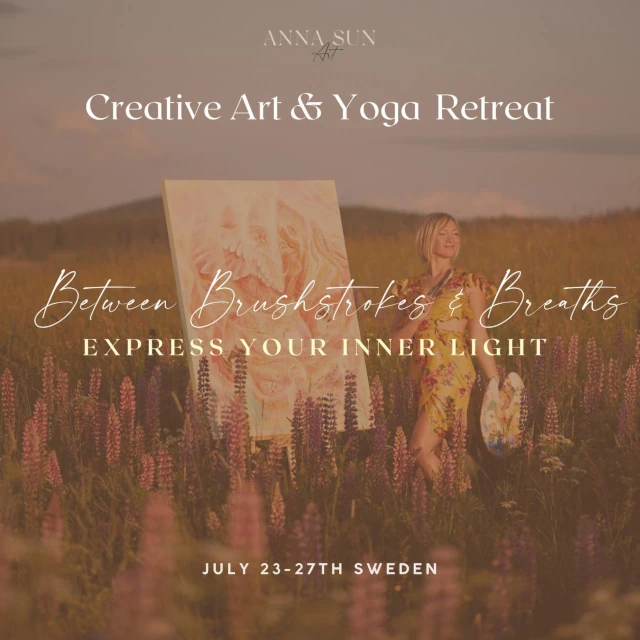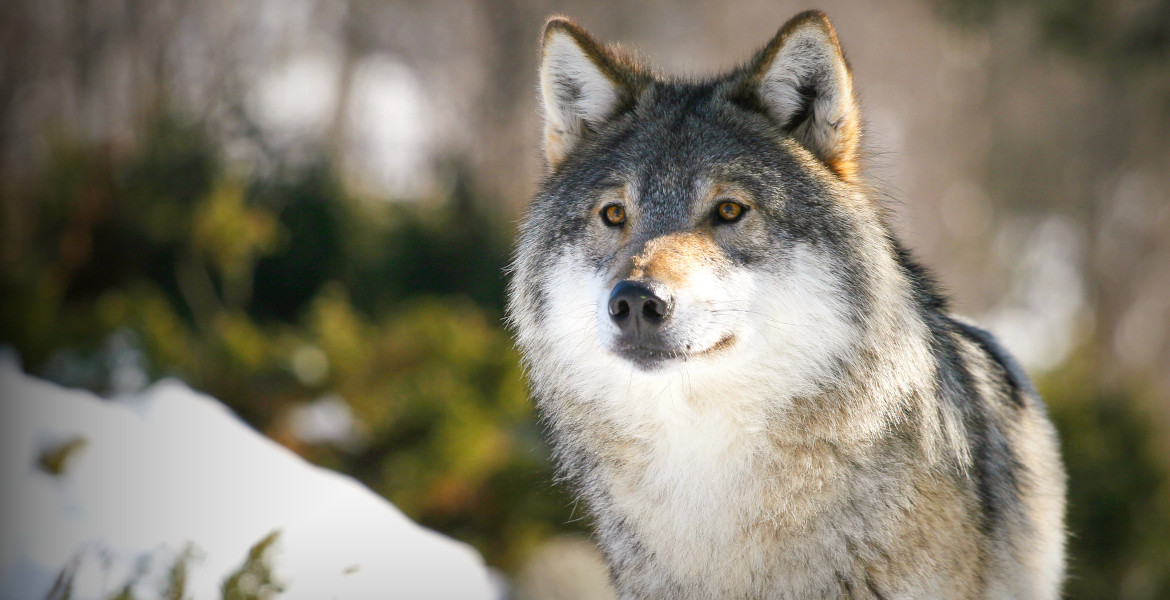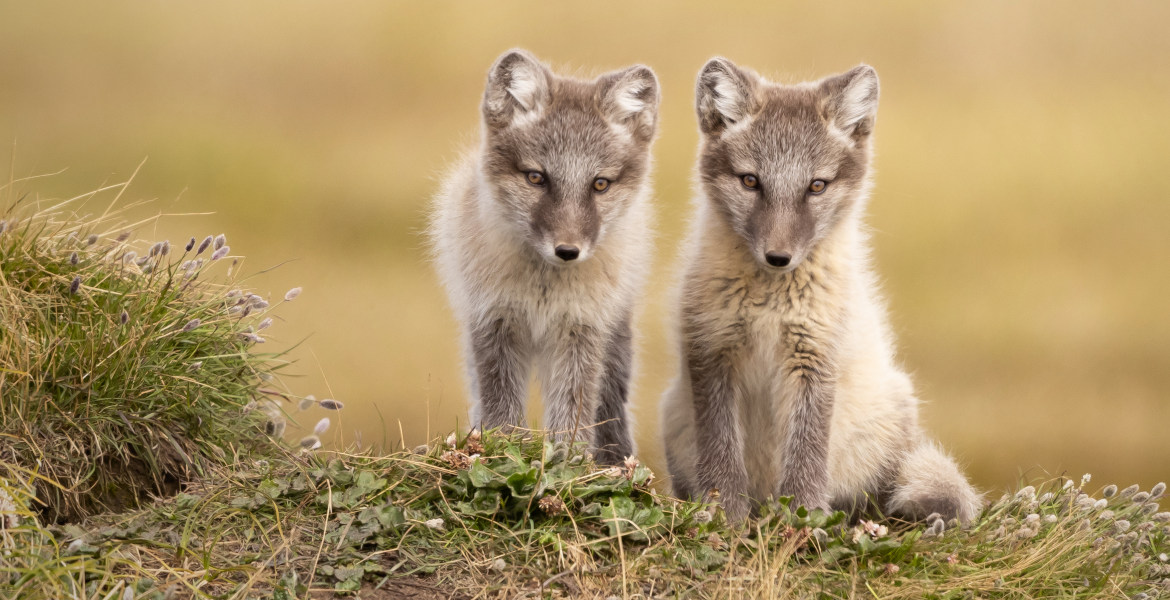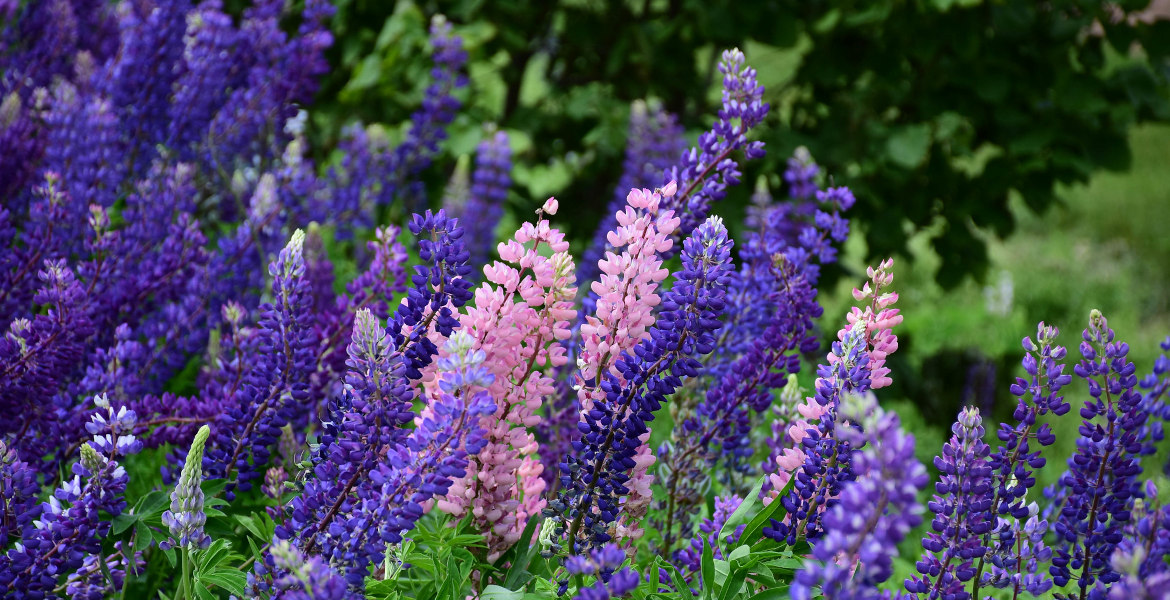A new comprehensive study shows that the genetic diversity of animals and plants is declining worldwide.
The study, which is based on the analysis of over 80 000 scientific articles, indicates that birds and mammals are particularly affected. At the same time, the researchers highlight several conservation measures that can slow down the negative trend.
Genetic diversity plays a key role in enabling animals and plants to adapt to changes in their environment. A wide variety of genes increases the chances that some individuals will develop traits that make them more resistant to drought or high temperatures, for example. These traits can then be passed on to future generations and contribute to the survival of the species.
An international research team, including Uppsala University, Stockholm University and the Swedish Environmental Protection Agency, has analyzed genetic changes in 628 species over a period of more than 30 years. The study, published in the journal Nature, shows a global decline in genetic variation.
– The study shows that the loss of genetic variation is widespread, which is alarming, but the tools to counteract further loss exist, which is hopeful, says Sara Kurland, postdoctoral researcher at the Department of Earth Sciences, Uppsala University and one of the researchers behind the study.
Restoring important habitats
The researchers highlight five key actions to preserve genetic diversity. One of them is to add new individuals to populations to counteract genetic depletion. In some cases, it may also be necessary to limit the reproduction of certain individuals to prevent inbreeding.
Protecting and restoring important habitats is another measure that can strengthen the genetic diversity of species. For example, restoring wetlands can help create stable ecosystems where populations can grow and diversify.
Where a species is threatened by disease, competition or predation from other species, controlling these factors can be a solution. The Swedish Arctic fox is an example where recovery is hampered by competition from the red fox.

Reintroduction of species
The final measure highlighted is the introduction or reintroduction of populations in areas where genetic variation has been lost. This is a controversial approach, but in some cases it can help strengthen genetic diversity and increase the survival of species.
– Overall, the study shows that there are effective conservation methods and data that allow for strategic targeting of actions. But then the genetic component must be considered, says Kurland.
– By incorporating genetic considerations when planning and implementing conservation actions, we can protect biodiversity and strengthen the resilience of ecosystems to current and future challenges, adds Catherine Grueber, a researcher at the University of Sydney and leader of the study.

Hoping for more political support
In Sweden, researchers are already using DNA-based indicators to monitor species such as salmon, trout and moose in a collaboration with the Swedish Agency for Marine and Water Management and the Swedish Environmental Protection Agency.
– The work has identified particularly sensitive stocks of these species, but also those where the situation looks good genetically, says Linda Laikre, professor of population genetics at Stockholm University and one of the co-authors of the study.
The researchers hope that the results will lead to concrete measures and increased political support for conservation work.








